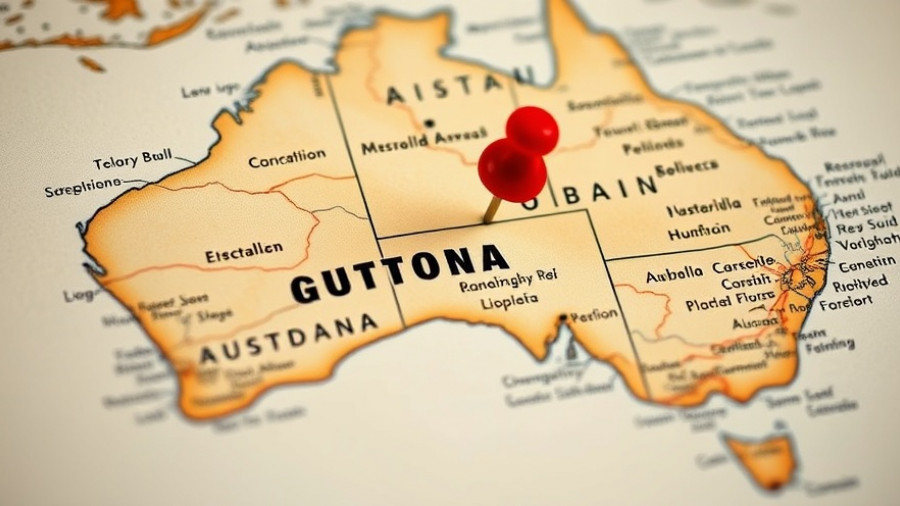
Understanding Australia's Partner Visa: Your Path to Togetherness
The Australia Partner Visa is a cherished pathway allowing individuals to reunite with their partners in Australia, whether they are married, in a de facto relationship, or simply in a committed partnership. This visa opens doors not just to shared living spaces, but also to work and possibly even permanent residency, enriching the lives of couples who dream of building their future together in this beautiful country.
Eligibility Criteria: Are You in a Genuine Relationship?
To qualify for the Australia Partner Visa, the very essence of your relationship must be genuine and ongoing. This involves presenting a well-documented case that includes joint bank statements, shared living arrangements, photographs, and personal statements from friends or family affirming your bonding. The message is clear: love alone isn’t sufficient; proving the stability and seriousness of your relationship is paramount.
Financial Considerations: Can You Support Each Other?
While there is no strict income limit for obtaining a partner visa, the sponsoring partner must demonstrate financial stability. Applicants should highlight their capacity to support themselves and their partner without becoming a financial burden on Australian resources. Evidence might include pay slips, employment contracts, or savings statements. This assurance of financial competence helps streamline the application, making it less daunting for applicants.
Health and Character Assessments: A Must for All
Health checks and character clearances are non-negotiable elements in the partner visa application. Each applicant must undergo medical examinations to comply with Australian health standards. Furthermore, providing police clearances from any country where you’ve resided for more than 12 months in the last decade is crucial to vouch for your character. These steps not only protect the Australian population but also ensure applicants are adding positive value to society.
Documenting Your Journey: Gathering Evidence
Documentation can make or break your application. The importance of meticulously gathering supporting evidence can’t be overstated. This could involve collecting a variety of relationship proof forms—bills in both names, rental agreements, shared travel details—creating a comprehensive narrative of your partnership. Keeping all documents organized will facilitate a smoother process and mitigate potential delays in your application.
Navigating Rejections: What to Do If Your Application is Denied
In the unfortunate event of a rejection, understanding the reasons behind the denial is essential. Applicants might be turned away due to inadequate proof of relationship or complications surrounding health checks or criminal records. Engaging with a migration agent might help in addressing weaknesses in your application before resubmission, guiding you through the process with the expertise required to enhance your chances of approval.
In Conclusion: Taking the Next Steps
With a clear understanding of the eligibility criteria and a solid plan to document every aspect of your relationship, you can approach the Australia Partner Visa application process with confidence. It’s natural to feel overwhelmed, but remember, this journey is about carving a shared future with your partner. So, as you prepare your application, think about what this visa means for both of you, which is a new chapter filled with promise. If you're unsure about any aspect of the application, consider reaching out to immigration experts to get the guidance you need—your journey toward a future with your partner in Australia starts now.
 Add Row
Add Row  Add
Add 




Write A Comment